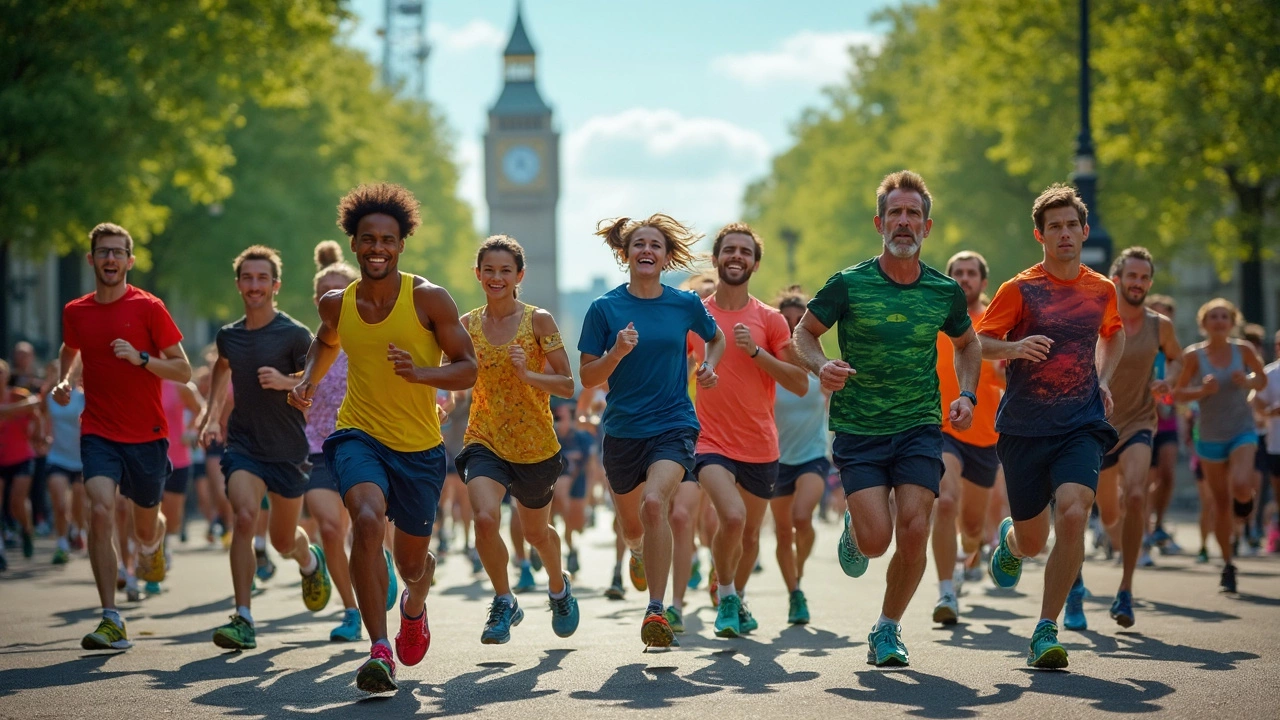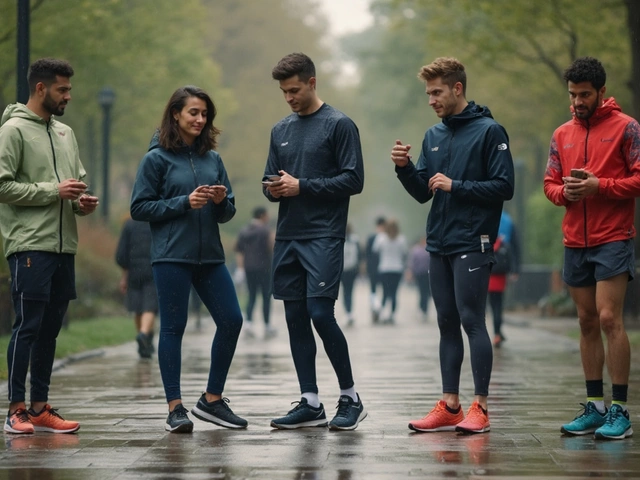Popular Footwear for Runners and Athletes: What Works and Why
When we talk about popular footwear, shoes designed for athletic performance and daily movement, chosen by millions for comfort, durability, and results. Also known as athletic shoes, it’s not just about brand names or flashy colors—it’s about how well they support your feet during movement, recovery, and repeated impact. Too many people think the most expensive shoe is the best shoe. That’s not true. The right pair for you depends on your stride, your goals, and your body—not what’s trending on social media.
What makes running shoes, footwear engineered specifically for forward motion, with cushioning, arch support, and responsive soles different from regular sneakers? They’re built to absorb shock, guide your foot through each step, and reduce fatigue over long distances. But even the best running shoe won’t fix bad form or weak hips. That’s why athletes who stick with the same pair for years often end up injured—not because the shoe failed, but because they stopped listening to their body. Meanwhile, training footwear, shoes designed for multi-directional movement, weightlifting, and gym-based workouts need a flat, stable base—not a cushioned midsole. Wearing running shoes for squats or HIIT? You’re asking for trouble. The same goes for using basketball shoes on a track. Each sport demands a different kind of support, and the right footwear makes the difference between progress and pain.
What do the top performers wear? Not always the same thing. Elite runners might choose lightweight carbon-plated shoes for races, but switch to more cushioned models for recovery days. Strength athletes often prefer minimalist shoes that connect them to the ground. And for anyone just starting out? The best shoe is the one you’ll actually wear every day. It’s not about having the latest model—it’s about consistency. A worn-out, comfortable pair beats a brand-new one that feels awkward. Look for shoes that let you move naturally, without pain or restriction. Pay attention to how your feet feel after a long run or workout. Do they ache? Do your knees complain? That’s your body telling you something’s off.
Popular footwear isn’t about hype. It’s about function. It’s about knowing your feet, your activity, and your limits. The posts below cover real stories from people who found their perfect fit—whether they were training for a marathon, lifting heavy, or just trying to stay active after 40. You’ll see what gear actually helped them, what didn’t, and why some of the most common advice about shoes is flat-out wrong. No fluff. No marketing. Just what works.
Why are Hokas Suddenly So Popular?
Hoka shoes have taken the running community by storm with their distinctive design and impressive performance benefits. Known for their chunky soles, these shoes offer exceptional cushioning which appeals to runners of all ages. The rise in popularity is credited to their ability to reduce the impact on joints and enhance running experiences. This article explores the reasons behind Hokas' growing fame, including their unique construction and versatility for various terrains.





